Need some powerful actionable WordPress Content Optimization tips?

WordPress is among the most popular formats for producing a website. Roughly 37 percent of all websites on the internet use WordPress to produce their website.
And while WordPress offers bloggers, business owners, and top brands to develop and present their website in a spectacular method, WordPress won’t optimize your website automatically ye WordPress Optimization is critically important.
There is any number of things you can do to help optimize your website bot for the reader as well as the all-mighty search engine algorithms.
Here are some things to consider:
1. Choose the right hosting plan
Okay, in point of fact, this tip isn’t restricted to WordPress sites. It applies to every website no matter how it’s coded. But a WordPress website that is fast loading is probably the number one tip that all webmasters can agree on.
If you choose a hosting plan where you share your website with another of other websites on the same hosting favour, while you’ll pay less overall, you want your website, no matter how big it is, or how many images or videos you feature, to load within 2 seconds.
Why 2 seconds? Because 47 percent of all customers will expect it, that’s why. And a significant percentage of people will just stop waiting for the site to load over 3 seconds.
While loading speed is significantly affected by some of the other tips involved, the speed of the server you are using from your host is the most significant factor.
Spend the money to get a hosted site that is fast, and test it often to be sure that it continues to be fast.
2. Is select the right WordPress Theme
There are thousands of WordPress Themes, most of them free. Unfortunately, many WordPress Themes are coded badly. Choose the right WordPress theme for speed.
Bad coding leads to slowdowns. In general, you want a very fast loading WordPress theme, and perhaps one that is unique and is used by fewer people. This means to consider buying a premium WordPress theme which may have a lot of added features that you won’t get with a free site, and on top of that, you will generally get great customer support.
3. Be careful with the plugins
While plugins can be useful, the vast majority of plugins will significantly slow down your website. Remember, in terms of speed. even milliseconds count.
First, ask yourself carefully, whether any plugin you install is really needed? Then have your website administrator test the loading speed of your website with and without the plugin.
If there is a slowdown, how much? If it’s significant, it better be a heck of a plugin to justify a slower loading website.
4. Empty your trash – WordPress Content Optimization
This is a common mistake. WordPress comes with a trash bin. And every comment, review, or deleted content that you delete remains in that trash bin until you empty it out.
Go through your trash bin often and save only items that you might truly need later. Get rid of everything else, otherwise, it slows your website delivery down.
5. Get rid of the junk
If you have any type of forum, not only are you likely to experience your share of spam, but also duplicate posts, or revisions, all of which take up plenty of space.
There are certain types of software available to make these routine cleaning tasks automatic and they are well worth the money.
6. Optimize your images
Images are critical to a good website as nobody wants to read just plain type. However, images take up a lot of space.
There are a lot of software programs, many of them free which will significantly compress images while at the same time maintain focus and clarity. Also, simple conversions of a GIF to a PNG file will save data.
Besides compressing images, be sure to rename your files. For example, an image might be labelled IMG_0365.JPG. You may have a perfect idea of what that image is, but Google’s search engines don’t have a clue. Instead, change the name from IMG_0365.JPG to Joe Biden Walking on the Beach and Google’s bots know and can label it.
Whenever possible, use keywords in your image descriptions. And use alt descriptions.
7. Use keywords
Keywords, used in your titles, your subheads, your image files, and graphic files, as well as through your copy are a key part, perhaps the number one part of having your content being found and ranked by Google and other search engines.
Google and other search engines use their own algorithms so that when some customers do a search such as “Best Barbecue place in Austin, Texas, hopefully, Google can quickly search through all of the content to answer the question.
Keywords are a critical part of that search function. The use of keywords is an art in itself, and you will find 65 million results just by typing in the words using keywords for SEO.
Perhaps more money is spent on keyword research than any aspect of Search Engine Optimization.
You can hire local SEO services to do it for you, use tools such as Google analytics, or buy special software that will analyze your keywords and the words of your competitors.
But regardless of how you do it, do analyze and carefully use keywords.
One word of caution though, don’t be caught keyword packing. Google and other search engines will actually downgrade your ranking by overusing keywords. Most SEO experts recommend stick to about 5 keywords.
8. Check your website’s visibility
This is a simple one but sometimes missed. When you are developing your WordPress site, but are only half done, you don’t want visitors coming and seeing a partially complete website.
As a result, WordPress allows you to turn off the visibility of your website until it’s complete. Unfortunately, sometimes people turn it off and forget to turn it back on.
If your website is not showing up in Google rankings, even when you type the exact name of your website into the search, 9 times out of 10, this is the reason why.
9. Use a friendly SEO URL
Supposing you have created a magician’s website that teaches people how to create the illusion that your female assistant is being sawed in half.
A simple URL like https://www.wpbeginner.com/how-to-saw-a-magicians-assostamt in half
leaves no doubt about the subject matter.
However, if you use a URL like https://www.wpbeginner.com/?p=10467, Google has no idea from the URL what the topic is.
10. Verify Your Site with Google Search Console & Submit Your XML Sitemap
Want to know how Google views your website? Of course, you do, and the Google Search Console is the way. It’s a free service and very valuable. To attach the service to your website, go to your Google account, click on the Google Search engine console website, and complete the necessary information.
Google will start tracking the information about your website almost immediately but you will need to verify ownership of the website by supplying certain information from your domain name provider, which you can obtain only from your domain name providers website.
11. Use Optimized Page Headings
The title of your website should be labelled with the H1 Html tag to tell Google what it’s all about.
To avoid confusing Google, use only one H1 Tag. If there are multiple H1 tags, the purpose of the title is confusing.
Do use H2 through H6 tags as necessary, however,
12. Utilize caching to reduce the number of requests on your server
Whenever a customer goes to your website your entire content is called up for your customer to access. Caching allows the memory in your server to remember this request, and if a customer comes back to your website a second or third time, the server does not have to serve up a fresh copy of the request but already has the request available on file.
Caching is fairly easy in WordPress as there are several great plugins that will take care of it. without any problem whatsoever, many of them absolutely free. This is one plugin you absolutely need.
13. Minimize your text files
Content optimization isn’t just about improving website speed and performance with graphic compression tools. You can also compress your website’s files and coding.
When people code, they naturally use spaces to make coding easier to find and understand for others at the back end of your website.
Here’s an example of a typical CSS code snippet:
#blue {font-size: 1em}Notice all the spaces that make it easy for a human to read. However, in machine language, all of those spaces are not necessarily.
You can just as soon do without all those spaces resulting in:
#bluefont-size:1em;color:blue;}
There are programs to compress your site’s coding and although in the sample provided, the elimination of perhaps a dozen spaces here and there may not seem like much, over the course of a several hundred lines of code, the server processing your website will flow at a significantly faster speed.
14. Use a content delivery network to deliver large files
A Content Delivery Network uses different proxy servers to spread geographically to supply data. By having servers as close to the customer as possible, you definitely speed up delivery, particularly for large files such as video.
Not every hosting service provides a content delivery network as it involves having servers in multiple locations around the world, but particularly where you are dealing with lots of large files or dealing with customers from all over the world, having access to a content delivery network is a terrific way to speed things up, even if you have to pay more to your hosting company for the privilege.
15. Always Keep Your Plugins, Themes, and WordPress Software Updated
Things in WordPress move fast and there are often updates to plugins, themes, or WordPress software.
The vast majority of these updates are to fix security issues, one reason why you want to update as soon as possible.
However, keeping everything updated will also make your website run faster. Also, make sure you have updated and are using the latest version of PHP.
By continually updating, you ensure the core WordPress Software and the themes and plugins are totally compatible.
16. Delete unused WordPress Themes and plugins
Many WordPress customers will experiment with different WordPress themes and plugins in order to find the best website for their use.
That’s perfectly okay, however, many people fail as part of their regular site maintenance to eliminate any unused WordPress themes and plugins, which naturally results in a slower website.
Delete everything you don’t need, but at the same time be sure and make back-up copies to ensure you don’t delete anything you truly want.
17. Clean up your media files and library
The older a WordPress site, the more likely there may be hundreds of media files you no longer used but are clogging up your server.
Fortunately, there are plugins for that too, plugins that will go through your files and identify every media image not being used on your website and then dumps them in the trash bin.
Once this takes place, you need to go through the trash bin and verify every file that needs to be deleted when you empty your trash.
Naturally, if you have 800 media files in your trash until you delete them entirely, they will still slow down your website, but you can readily recover any file you wish to save.
18. Use Excerpts
By default, WordPress displays the full content of every article and archives. Every savvy WordPress user knows that most people scan websites predominantly and only read the article of interest.
So instead of loading a full article everywhere on your website, use highlighted excerpts, enough to give the reader enough information whether they really want to read the article or not.
Remember, although other web pages are also affected by speed, it’s your homepage that has to be particularly fast. Once people are intrigued with your content on your homepage, they will generally wait longer for a subsequent page or archive it.
Hopefully these were some great actionable WordPress tips that you can use to drive more traffic to your website.






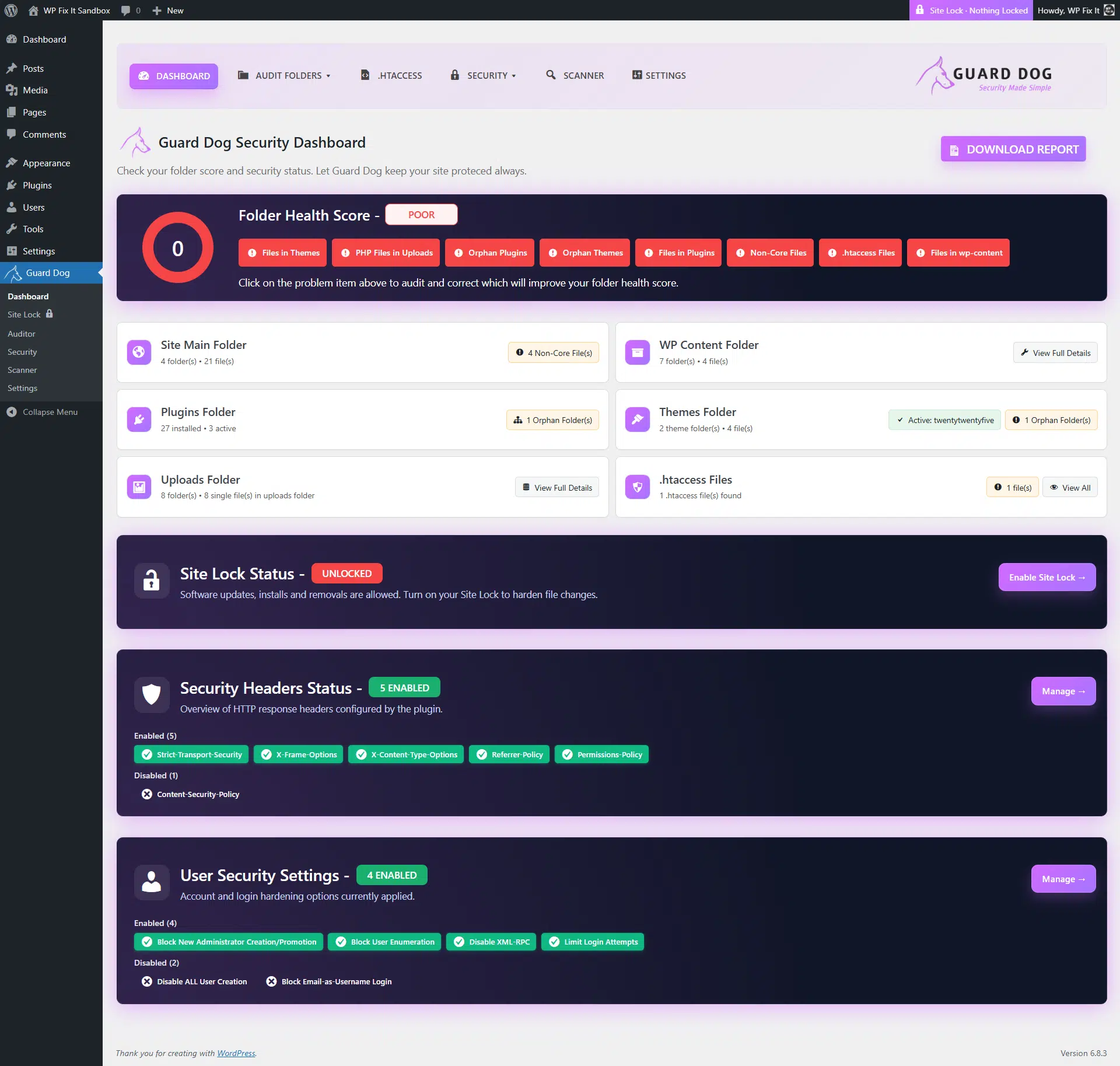

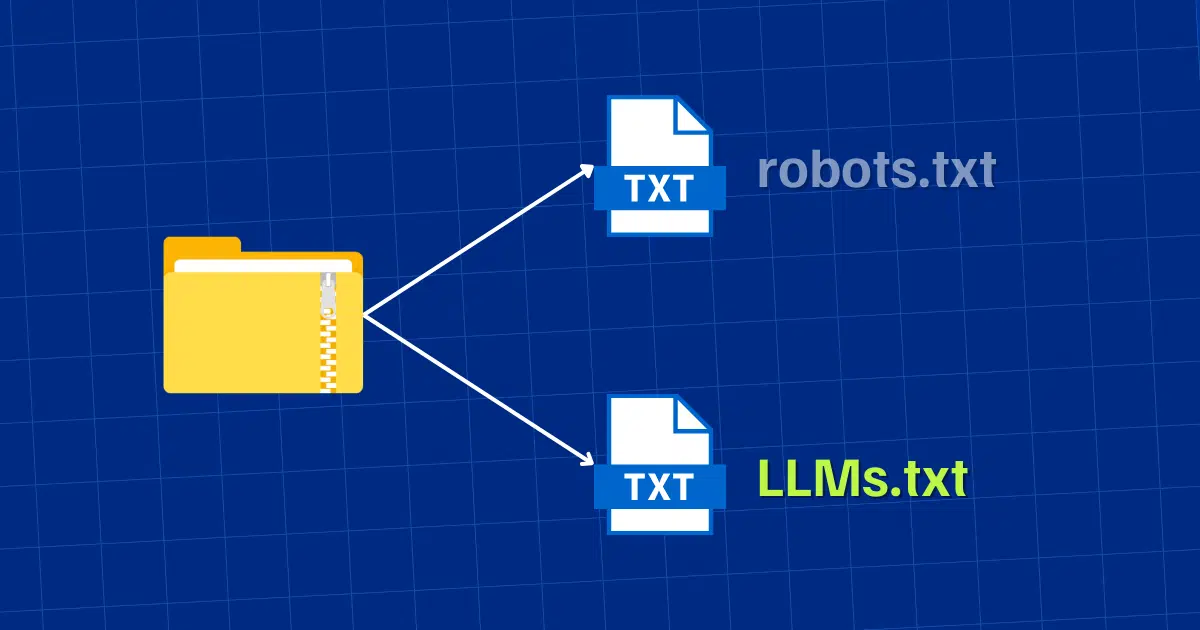
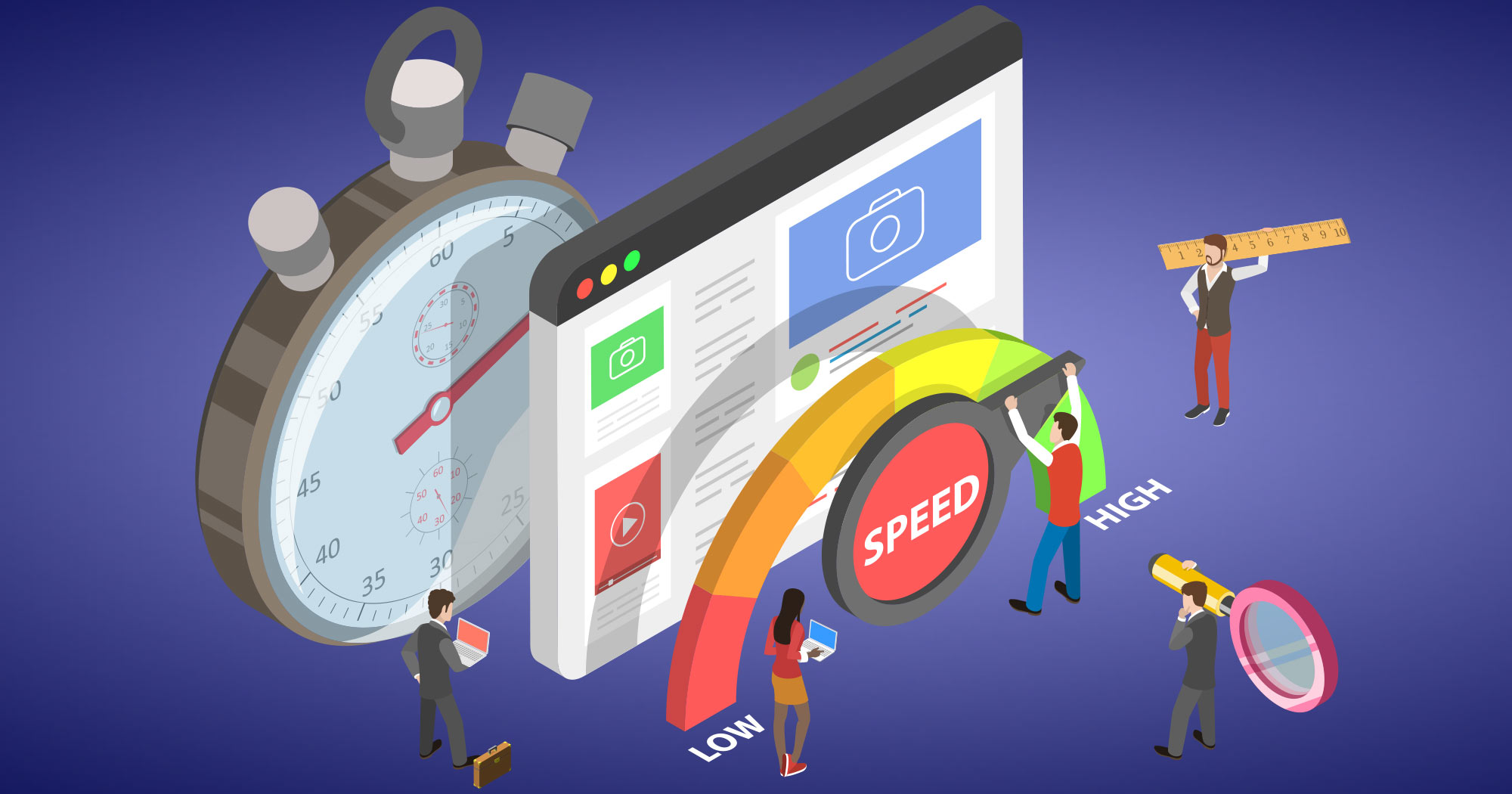
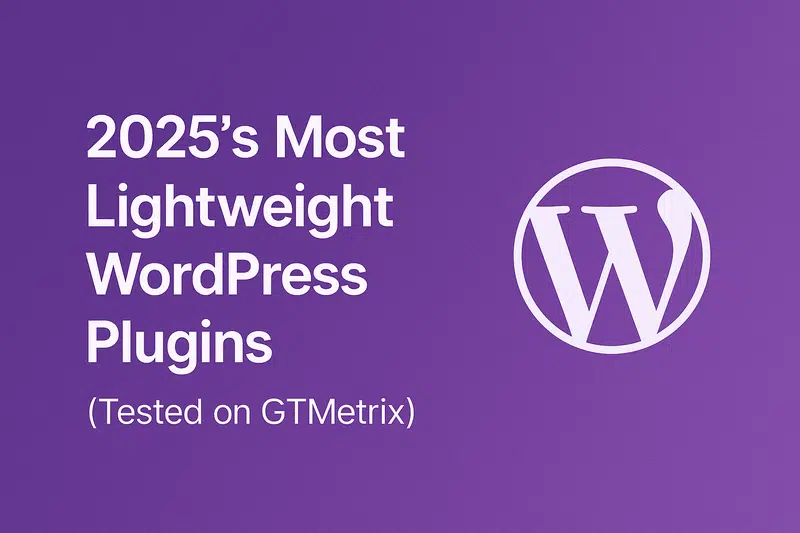
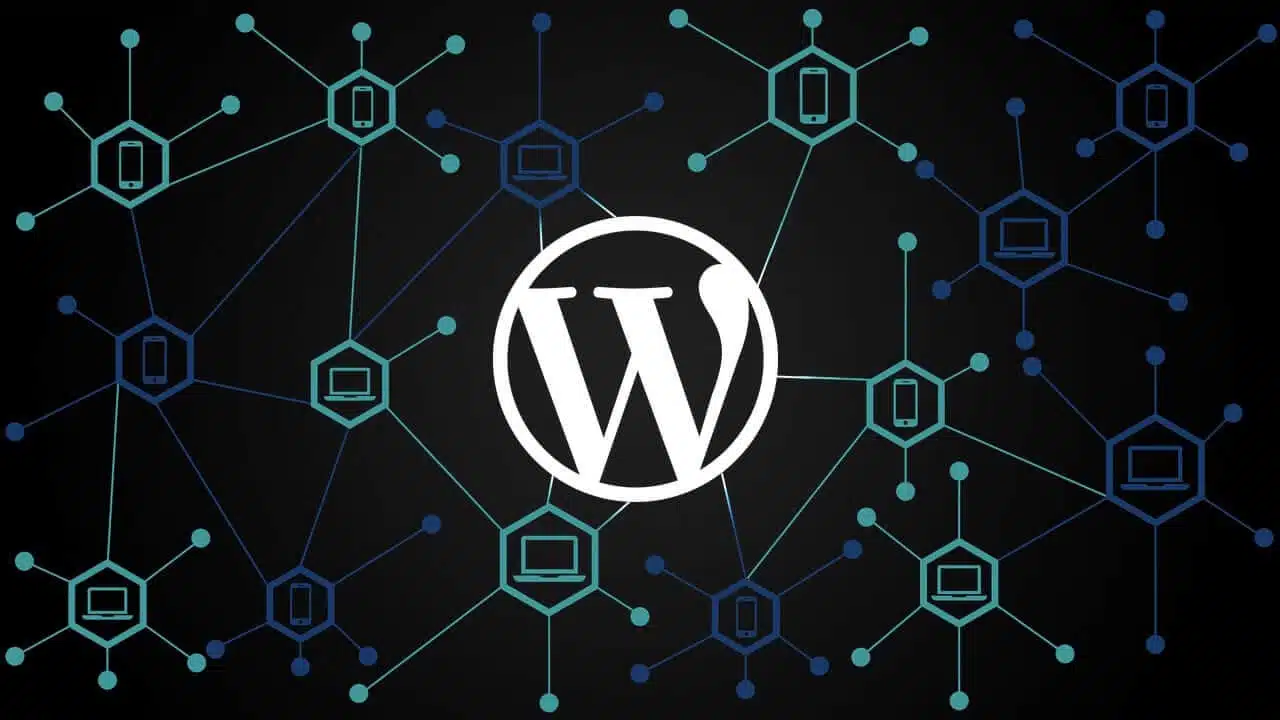
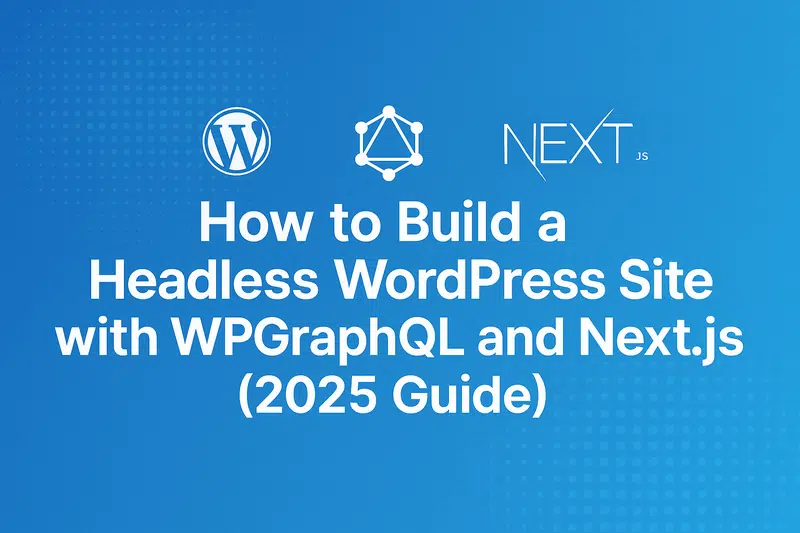
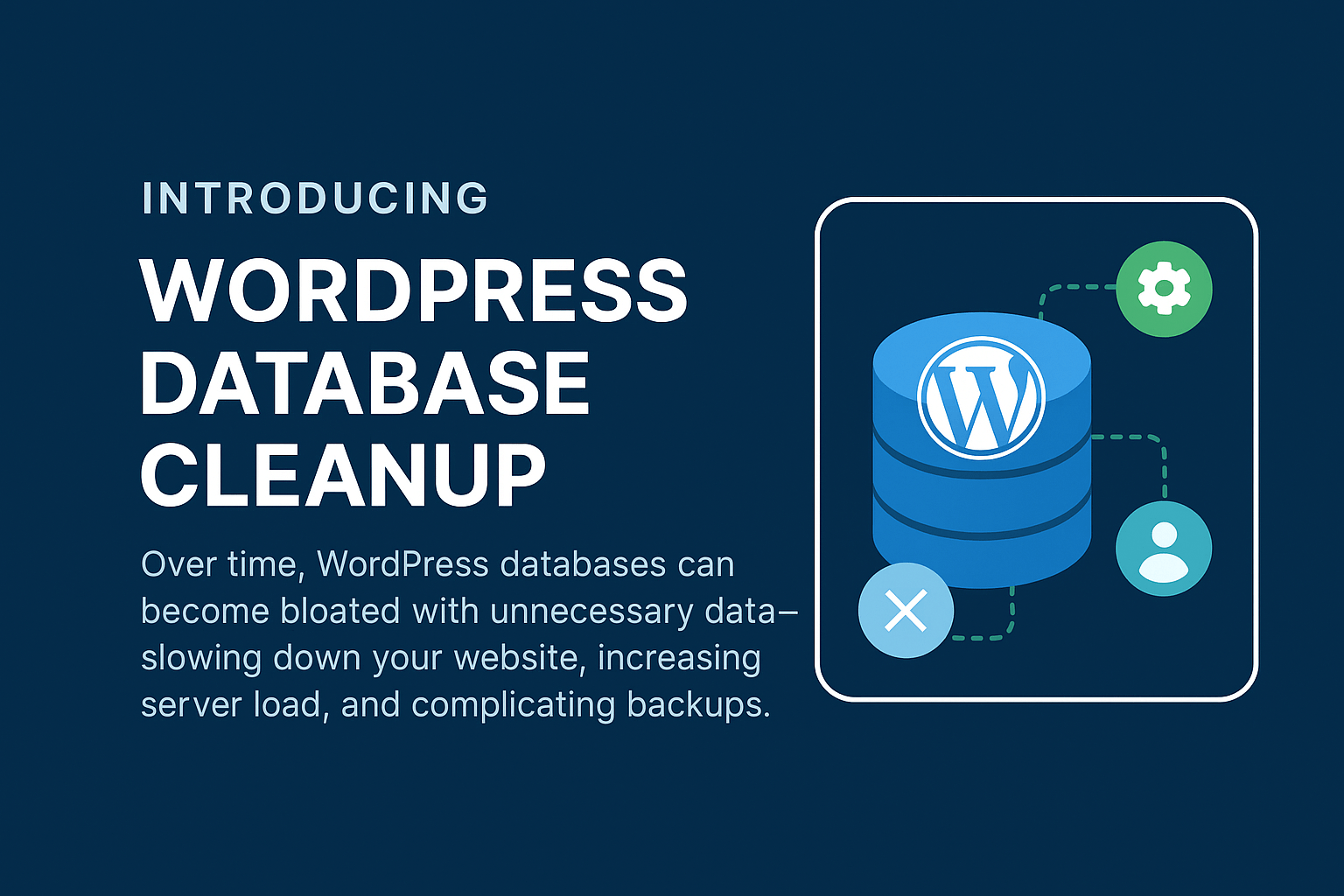
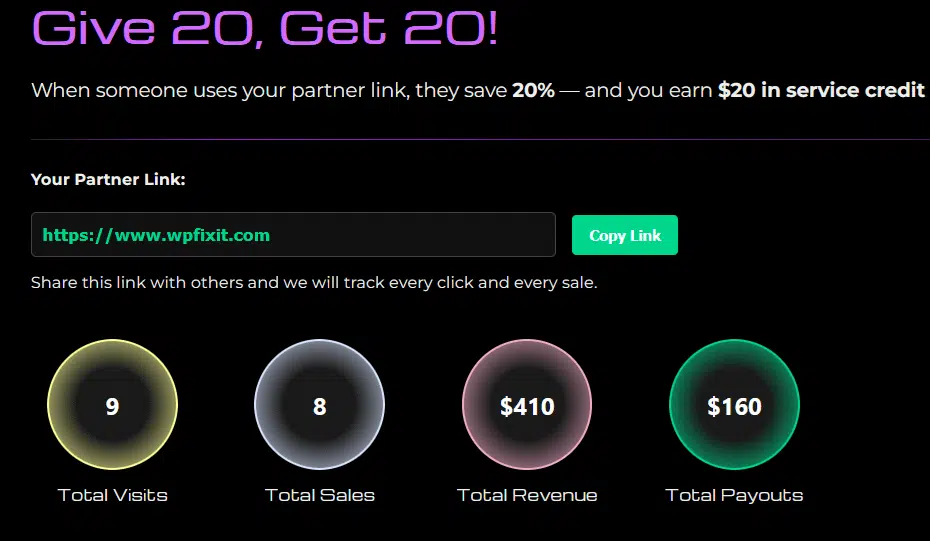
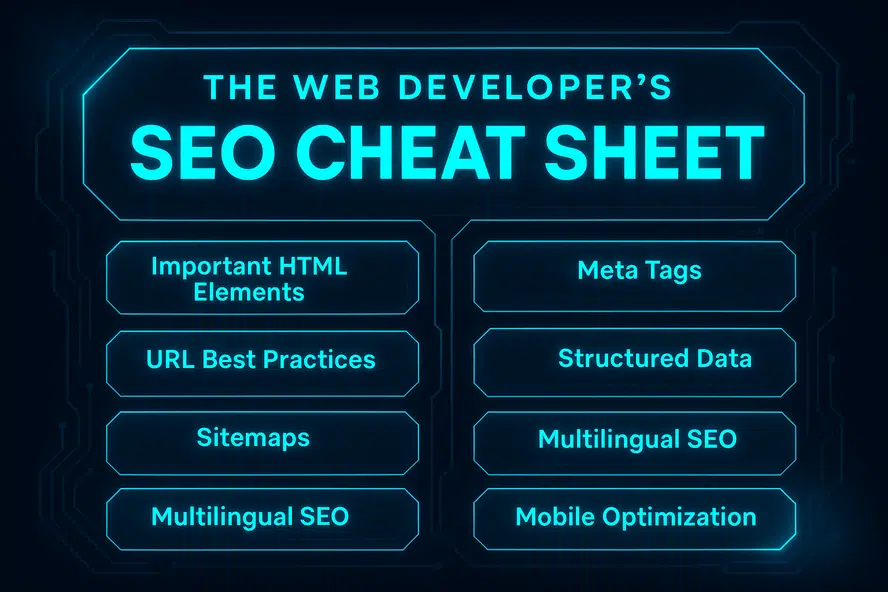
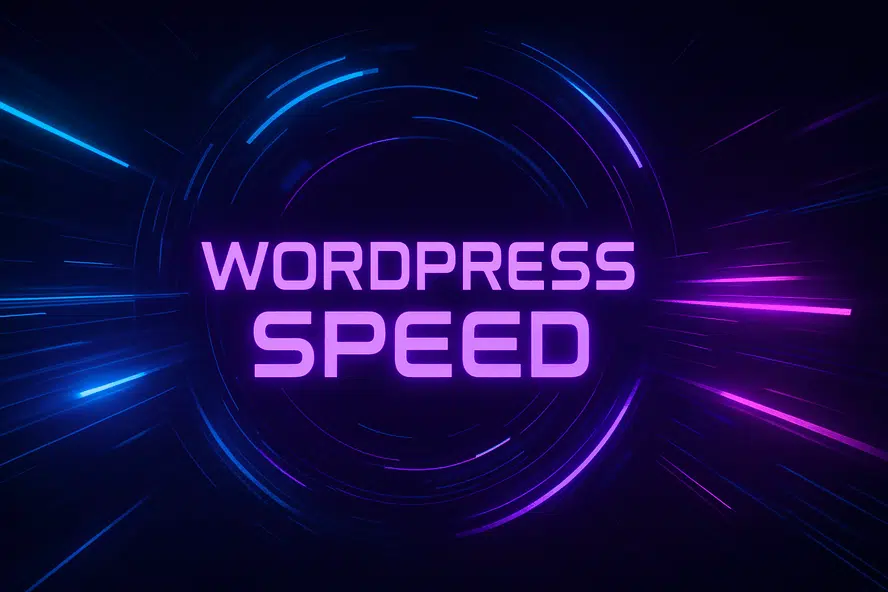
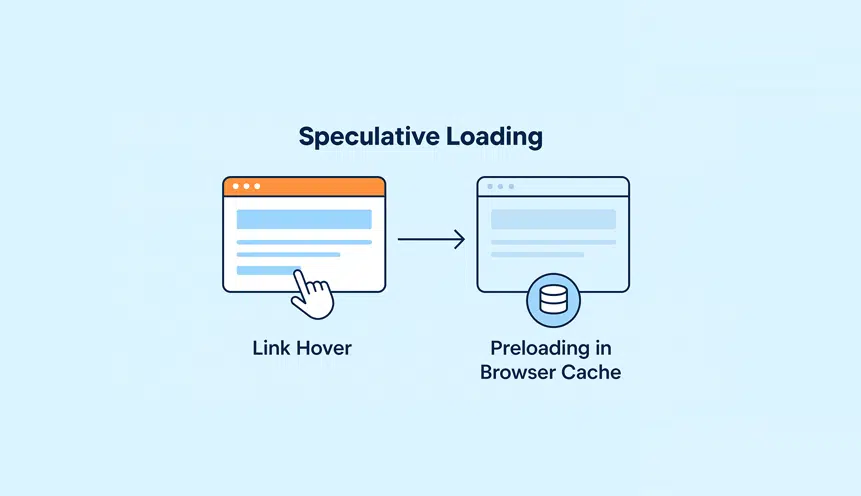

Fantastic article. In this article, all these tips are very informative. Thanks for this valuable article.